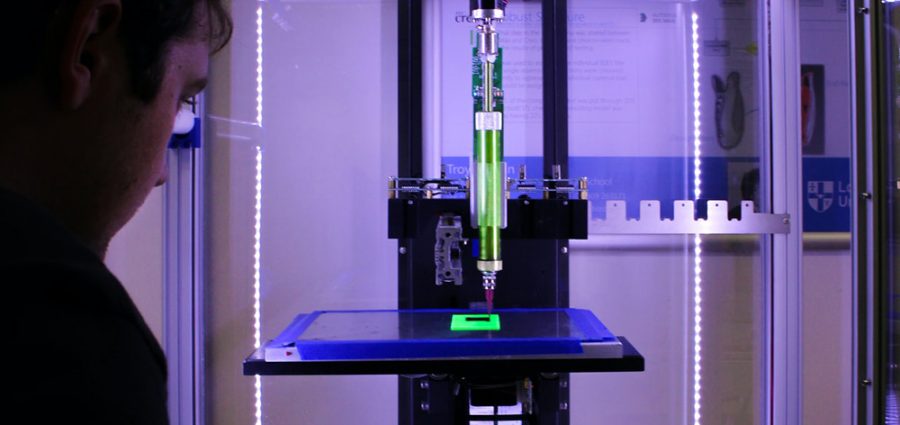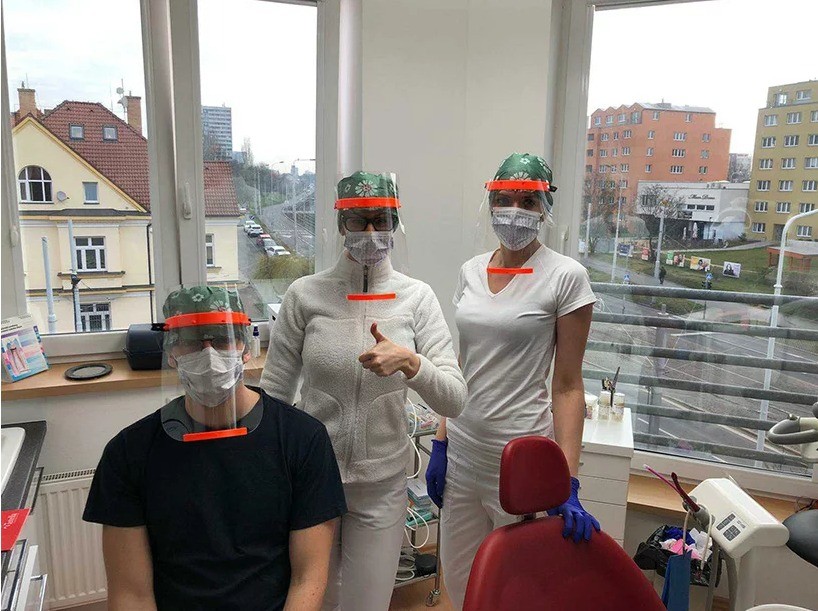3D Printing: New Potentials for Businesses and Workforces

Charles W. Hull introduced the first 3D printer in the 1980s. The printer used stereolithography, a technique that uses a layer-by-layer photochemical process, using light to turn oligomers and monomers to create polymers to produce 3D solid models or prototypes.
When 3D printing was first introduced, the printer and printing kit cost several thousand dollars.
Today, with the commercial availability of 3D printers, the cost is much lower, but the benefits to a wide range of businesses are immense. 3D printing opens new job opportunities, as well.
Broad benefits of 3D printing to businesses
In the past, making a prototype is a long process. The inventor develops an idea and draws it on paper, including all the details. The inventor then hires a professional to render the idea of using a computer-aided design (CAD) tool. Sometimes the inventor has to make a physical sample of the design before finding a prototype maker that is not too expensive. The inventor uses the prototype when presenting to prospective financiers or manufacturers.
Today, designers can quickly turn their ideas into 3D models. It is also easier to make changes to the design.
But creating prototypes is just one of the many advantages of 3D printing. Manufacturers can already produce various products in small batches for specific consumer demands, ensuring better inventory management. The process reduces the use of warehouse space, minimizing expenses.
There is very little raw material wastage when using 3D printing. Moreover, even companies in remote areas can easily fabricate different essential products that may not be readily available.
Business models utilizing 3D printing
As 3D printing’s potentials continue to improve and increase, it is not difficult to pinpoint several businesses that can reap big benefits from 3D printing.
On-demand fabrication
It is always a challenge to equalize balance versus demand. Large manufacturing companies hire experts and consultants to ensure that their products meet the market demand whenever it happens.
Consumer demand depends on different factors. It is difficult to predict when a specific product’s demand will increase, even if previous performances indicate specific periods.
With on-demand manufacturing, the company can produce the products after there are positive indications of increased demand. This means that the company will only increase their inventory according to market movements.
The delivery of the product is faster. The 3D printing process is quick and can meet the market’s needs with small batches of products, for example, spare parts. There is no need for tooling and molds, and the lead-time from request to production and delivery is reduced.
Manufacturing as a service (MaaS)
Software as a service is a profitable business, and now it is time to explore the potential of manufacturing as a service. A company with the right infrastructure can easily transform part of the business into a new department to handle small orders for various products.
As the company has the facilities and the workforce, it is not that difficult to utilize its facilities to accept customer requests. It gives the company flexibility and increases its network of smaller companies and businesses to provide one-offs and specialty products without incurring huge inventory.
Consolidation of supply chains
The economy is facing uncertain times, and it becomes crucial for companies to find ways to save and conserve. Many large manufacturers traditionally produce materials, and their facilities are set up for mass production. The supply chain setup is quite complicated, so manufacturers today are looking at ways to simplify it.
Since it is difficult for traditional manufacturers to repurpose their machinery without incurring costs, supply chains can produce selected parts that used to be manufactured separately and 3D-printed as single units. The process will eliminate disruption in the supply chain, assuring the steady supply of car parts, for example.
Mass customization and product personalization
Consumers today are more demanding and are always looking for personalized and customized products. With 3D printing, a business can create limited edition products to satisfy immediate needs. Since there is no need for molds or tooling, producing a small batch of customized items becomes faster and easier.
Moreover, 3D printing can provide consumers with personalized products, such as footwear and jewelry. Several companies are already offering the service, creating molds for custom-designed jewelry and casting them in the preferred metal before adding the gemstones chosen by the clients. Some shoe manufacturers are offering made-to-fit insoles for sandals.

Direct-to-consumer products
Many brands are now exploring the direct-to-consumer strategy. This means creating products and selling them directly to consumers, such as personal protective equipment..
Companies can create products cheaper and faster without using any middlemen or retailers, passing the savings to the consumers. In the traditional method, a new product goes through several processes, which increase the cost. Likewise, the company has to produce a large batch to recoup the cost and make a profit.
The benefits and the potentials of 3D printing assure consumers that they will see it utilized by more businesses, enabling them to develop new products and economically viable business models.